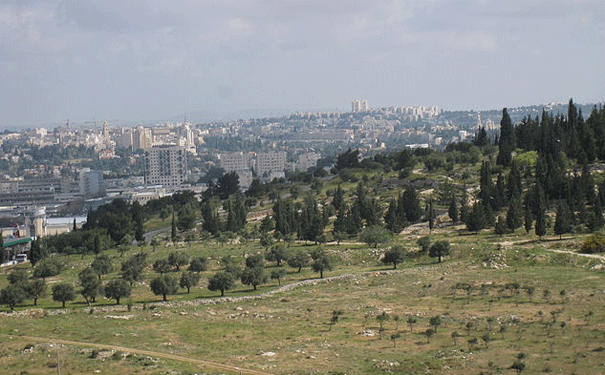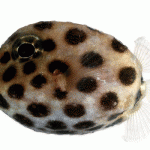
Views from Givat HaArbaa, near Hebron road, Jerusalem. Image: Deror avi via Wikimedia Commons
Pollen recovered from 2500-year-old plaster has unlocked the secrets of Ramat Rahel’s garden.
Ramat Rahel, located on a hilltop above modern-day Jerusalem, is the only known palace dating back to the kingdom of Biblical Judah. Now, thanks to its advanced irrigation system, researchers from Tel Aviv University have been able to identify the plants that would have grown in the garden.
According to Dr Yuval Gadot, the fact that there is no permanent water source makes the scope of the garden even more impressive. Rainwater was collected and distributed throughout the garden via water installations, such as pools, underground channels, tunnels, and gutters.
These installations had been coated with plaster at some stage, probably for renovations. The researchers theorised that if the plaster had been renewed while the garden was in bloom, pollen could have been trapped within the wet plaster.
While many of the layers only contained pollen from native vegetation, one layer, dated to the Persian period (fourth and fifth century BCE) also included local fruit trees, ornamentals, and imported trees from far-off lands. Some of the species include willow and poplar, which required irrigation in order to grow in the garden, and ornamentals such as myrtle and water lilies.
The pollen also revealed native fruit trees, including the grape vine, the common fig, and the olive; and Persian walnut, cedar of Lebanon, and birch trees. One species, the citron, is believed to have emigrated from India via Persia and made its first appearance in the modern-day Middle East in Ramat Rahel’s royal garden.
This is the first time that the exact botanical elements have been reconstructed in an ancient royal garden, the researchers said. By using the garden’s archaeological clues and the pollen records, they aim to re-create the original garden.
Source: Tel Aviv University.






